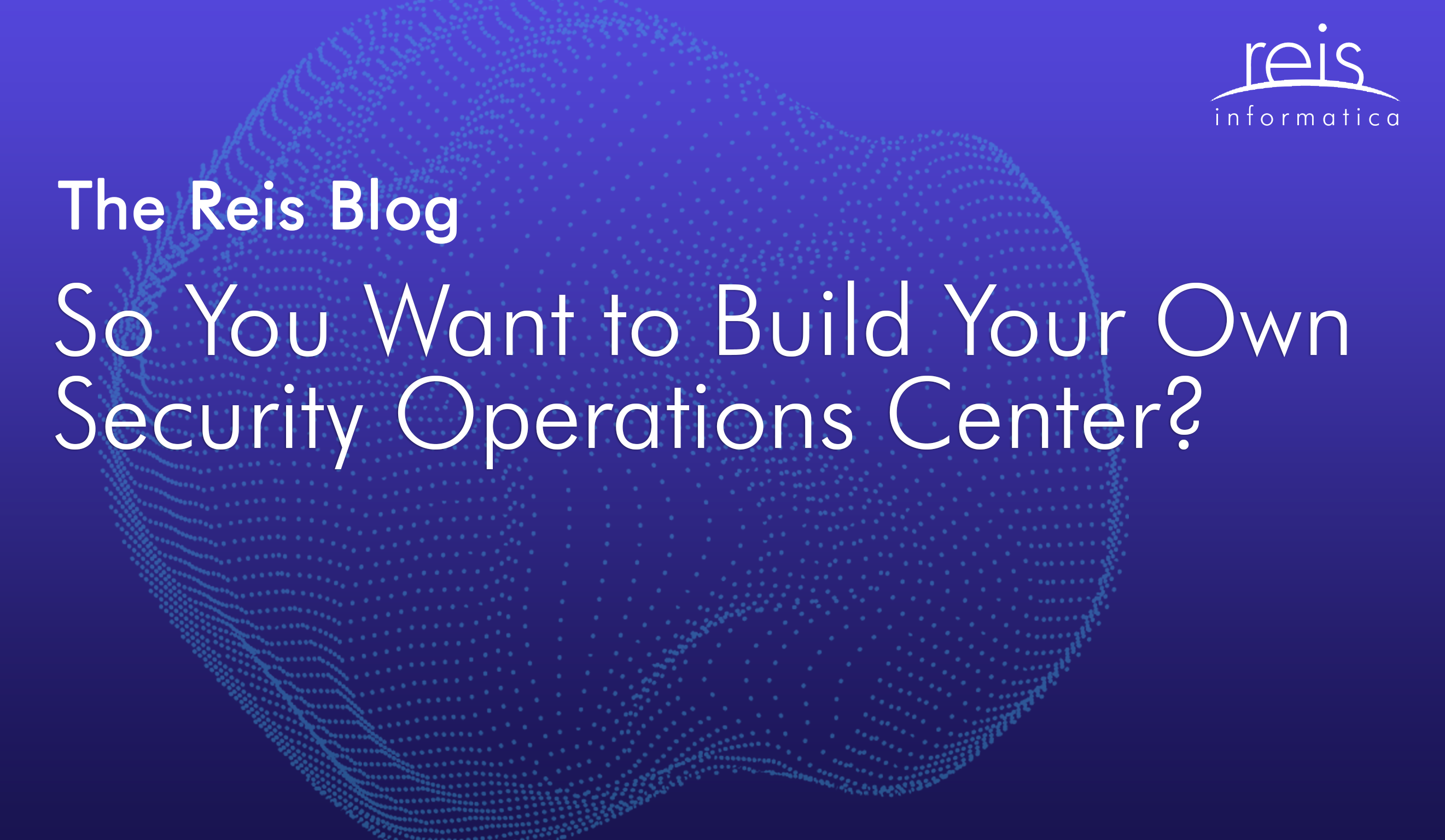For today’s businesses, cybersecurity is increasingly and necessarily top-of-mind. According to a survey of business leaders, nearly 75 percent view cybersecurity as a top priority in their pandemic recovery, and upwards of 80 percent of small and medium-sized businesses (SMBs) consider it a critical responsibility.
It’s easy to see why. The cost of a cyber incident, including recovery expenses, opportunity costs, and brand erosion, can be incredibly disruptive and destructive.
In response, businesses are devoting more resources than ever before to cybersecurity initiatives. Globally, cybersecurity spending is expected to exceed $1 trillion this year, reflecting the urgent need to keep company data and IT infrastructure secure.

For many businesses, this means establishing a Security Operations Center (SOC) to detect and defend against cyber threats.
While this defensive asset was once relegated to large corporations, SMBs are increasingly turning to SOCs to guard their digital assets. Here’s what you need to know about SOC capabilities and how to integrate them into your organization.
What is a SOC?
SOCs are a dedicated team of highly-trained cybersecurity professionals who monitor enterprise networks for potential vulnerabilities and respond accordingly. Armed with industry-leading detection and prevention technologies, SOCs are constantly ready to defend digital assets.
For businesses, these teams provide:
- 24-7-365 network monitoring
- anomaly detection
- incident investigation and response capacity
- regulatory compliance assurance
- data analytics & threat analysis
- threat detection and mitigation.
Often, SOCs include four specialist categories, including a security engineer and security analyst, who report to a SOC manager and a chief information security officer (CISO).
While the titles and responsibilities are company-specific, the workflow remains consistent as SOCs direct their efforts towards triaging risks, analyzing alerts, responding to threats, and identifying real-time “lessons learned” from ongoing cyber activity.
How to Integrate SOC Capacity
For many SMBs, building an in-house SOC can be prohibitively expensive. Organizations spend nearly $3 million annually to establish and manage in-house SOCs. Meanwhile, SOC upkeep, including ongoing staff training and technology development, increases costs and diminishes effectiveness when not completed correctly.
At the same time, in-house SOCs are frequently plagued by high staff turnover and burnout, making it difficult for SMBs to effectively deploy this defensive asset.
To begin, assess your existing defensive strategies, incident response plans, and budget allocations. Reassigning certain existing IT resources can reduce costs and streamline the implementation process.
In addition, businesses need to define an objective and select an appropriate model. However, this process requires more than hiring professionals and purchasing equipment. It’s an ongoing investment in cybersecurity that requires time, talent, and resources to implement and maintain.
While SOCs were once only available to large corporations, SMBs can now develop these capabilities as well.
If developing an in-house SOC feels overwhelming to overly complicated, SMBs can tap into existing SOC services through a SOC-as-a-Service model.
Reis Informatica’s ManagedCare: Security Plus is a SOC-as-a-Service offering that gives SMBS access to a state-of-the-art cybersecurity department with all the talent, processes, tool stacks, and worldwide locations to protect your business for a fraction of the cost that it takes to do it yourself.
Contact Reis Informatica to begin improving your defensive posture today. Click the button below to learn more about cybersecurity.



.png?width=1080&name=GOOGLE%20REVIEW%20(1).png)